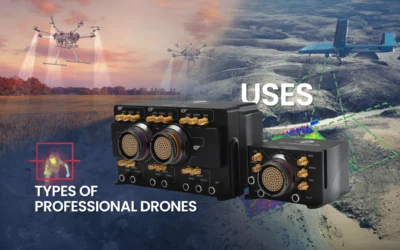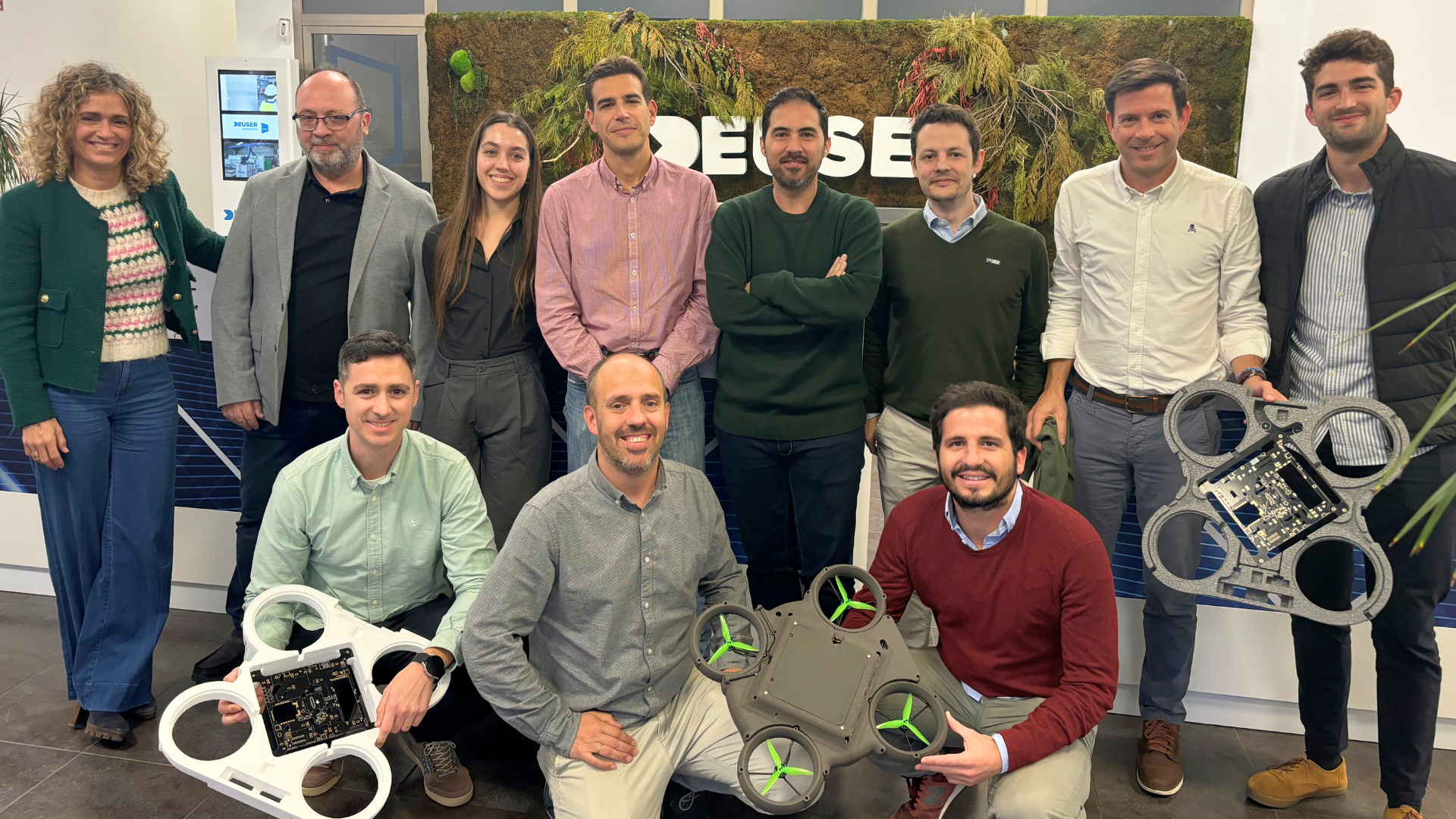It is a general belief that professional drone applications are limited to the audiovisual field, but they have many other uses. Industries that can potentially benefit the most with the use of LIDAR or photogrammetry techniques are those related to cartography and topography for volume calculation, 3D laser survey, and similar. For this purpose, to perform photogrammetry tasks, it is only required to equip drones with photo cameras, HD video cameras gyro-stabilized that take geo-referenced imagery, or LIDAR devices.
The use of a single drone with these techniques permits to reduce the needed time and costs for cartography and topography. A single drone is capable of reducing to a single working day what a technician group would perform in a week or even more, which also permits to reduce labor risks related to the toxic conditions of some materials whose volume has to be calculated or if the environment where to perform these tasks is hardly accessible.
LIDAR
The LIDAR technique is based on laser technology, which allows to know the distance between the laser emitter and a surface due to a pulsed laser light; this laser technology is used on traditional topography and cartography equipment. With LIDAR technology, it is possible to obtain a high quantity of data that allows to generate point clouds that permit to determine the surfaces of the area to examine.
LIDAR advantages in relation to photogrammetry with drones consist of the possibility of accessing any area, avoiding “shaded areas,” being able to even “see” beyond vegetation or in areas with high buildings due to LIDAR echoes. With this technology, it is also possible to detect electricity cables, telephone cables, etc. due to their metallic condition. Besides, an additional feature to remark about LIDAR technology is the obtaining of a great quality altimetric precision.
Photogrammetry
Photogrammetry technology permits to obtain geometric and spatial features of an area or object from different photographs. The obtaining of imagery to get three-dimensional information thanks to the “overlapping areas” is fundamental; otherwise, there would be areas where the perspective would not permit to get reliable three-dimensional information due to the known “shaded areas.”.
When the photogrammetry operation is performed with the drone, the collected information is processed in order to obtain 3D reconstructions, digital models of the terrain and elevations (MDT and MDE), aerial orthographies, contour lines, and other data of special interest for professionals in this sector.
Photogrammetry advantages in relation to LIDAR technology with drones consist of the perfection of the defined borders of the examined structures (buildings). In addition, data volume is lower, so there is no need to use any computing system with high storage capacity.
Veronte Autopilot 1x integration adds advanced functionalities for drone operations using these technologies: precise RTK positioning, camera advanced control, gimbal control for imagery stabilization, specific tools for mission design, and much more.















